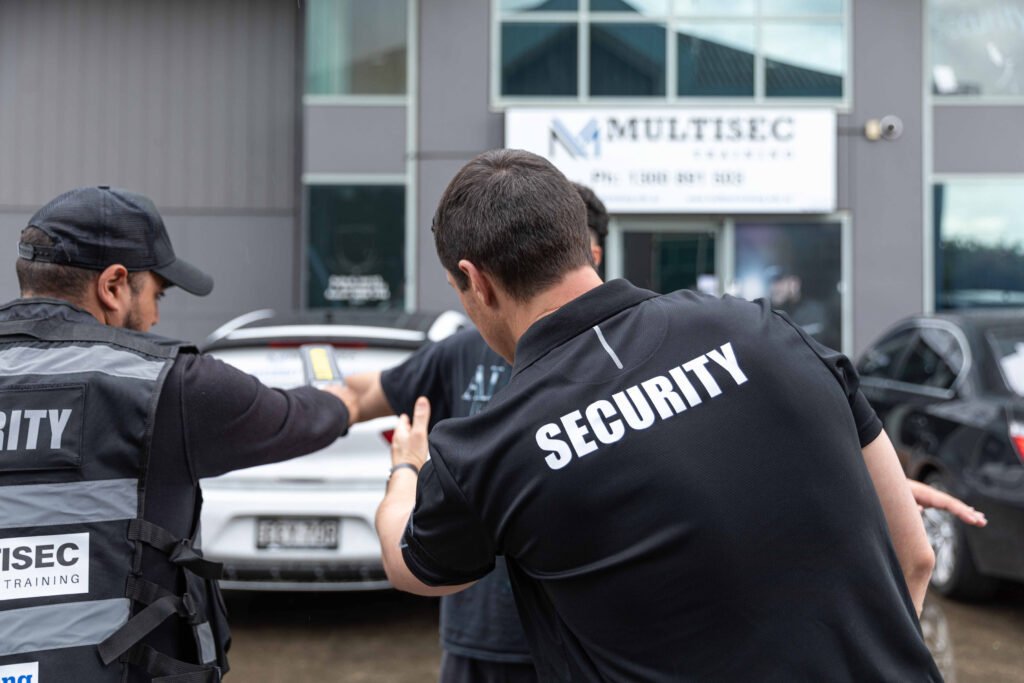Working as a security guard is more than just wearing a uniform—it requires discipline, professionalism, and formal training. For anyone entering this field, understanding the process to get a security guard license is the first step. It ensures you’re compliant with legal regulations and equipped to handle the responsibilities that come with the role.
Equally important is the security guard training that lays the groundwork for your skills in the field, covering everything from conflict management to legal procedures. If you’re considering a career in security, here’s what you need to know.
Why Licensing Matters in the Security Industry
A security guard license proves that you’ve met the legal and training requirements needed to work in the industry. In most cases, it’s not just preferred—it’s mandatory. Licensing helps create a standard of accountability, ensuring that guards understand their legal powers and duties.
Without a license, you may be restricted from working in key roles, such as guarding licensed venues, construction sites, events, or government buildings. Holding a valid license also signals to employers that you’re committed, trained, and verified to operate in security-sensitive environments.
Steps to Getting Your Security Guard License
While the specific steps may vary slightly by region, the process generally includes the following:
1. Meet the Eligibility Criteria
To apply for a security guard license, you typically need to:
- Be at least 18 years old
- Pass a background check
- Hold valid identification documents
- Be legally allowed to work in the country or state
These baseline checks ensure that applicants have a clean record and meet the conditions required for licensing.
2. Complete an Approved Security Guard Training Course
Before applying for your license, you need to complete a certified security guard training program. This course provides the knowledge and skills needed to perform the role safely and lawfully.
Training often covers:
- Legal responsibilities and use-of-force regulations
- Crowd control and public safety
- Effective communication and incident reporting
- Emergency procedures
- Conflict resolution and personal safety techniques
This is where you build both your understanding of the law and practical readiness to handle real-world scenarios.
3. Obtain Your Certificate of Completion
After successfully finishing the security guard training, you’ll receive a certificate. This document is an essential part of your license application. It confirms that you’ve completed the required education and passed any exams tied to the course.
4. Submit Your License Application
With your certificate and identification ready, you can submit your application to the licensing authority in your region. This step usually includes:
- A formal application form
- Proof of training
- Identification
- Application fees
Once approved, you’ll receive your security guard license, usually valid for a set period before needing renewal.
Why Security Guard Training Is Crucial
While the license is your legal permit to work, security guard training is what gives you the confidence to do the job well. The training goes beyond theoretical concepts and dives into real-life situations you might face on the job—everything from managing aggressive behavior to writing detailed incident reports.
It prepares you to work effectively in a range of environments, such as retail, construction, corporate offices, events, and even high-risk facilities. For those aiming to grow within the industry, strong foundational training also opens doors to supervisory roles, mobile patrol duties, or specialist positions in security.
Common Mistakes to Avoid
When pursuing a security guard license, there are a few mistakes that can delay or derail the process:
- Skipping the formal training: Some believe on-the-job learning is enough. It’s not. Training is mandatory.
- Missing documents: Incomplete applications often result in processing delays.
- Choosing an unrecognized training provider: Ensure your training is from a recognized and compliant provider.
Avoiding these errors will make the licensing process smoother and faster.
Final Thoughts
Becoming a licensed security guard is a structured but rewarding process. The right security guard training not only helps you qualify for a license—it also equips you to do your job responsibly, safely, and effectively. Whether you’re seeking stable employment, a new career path, or the opportunity to grow within the industry, getting licensed is your first step forward.
Multisec Training provides compliant, hands-on courses that help individuals meet the training requirements necessary for obtaining a security guard license. With experienced trainers and clear guidance, you’ll gain the skills and certification you need to start working confidently in the field.












































